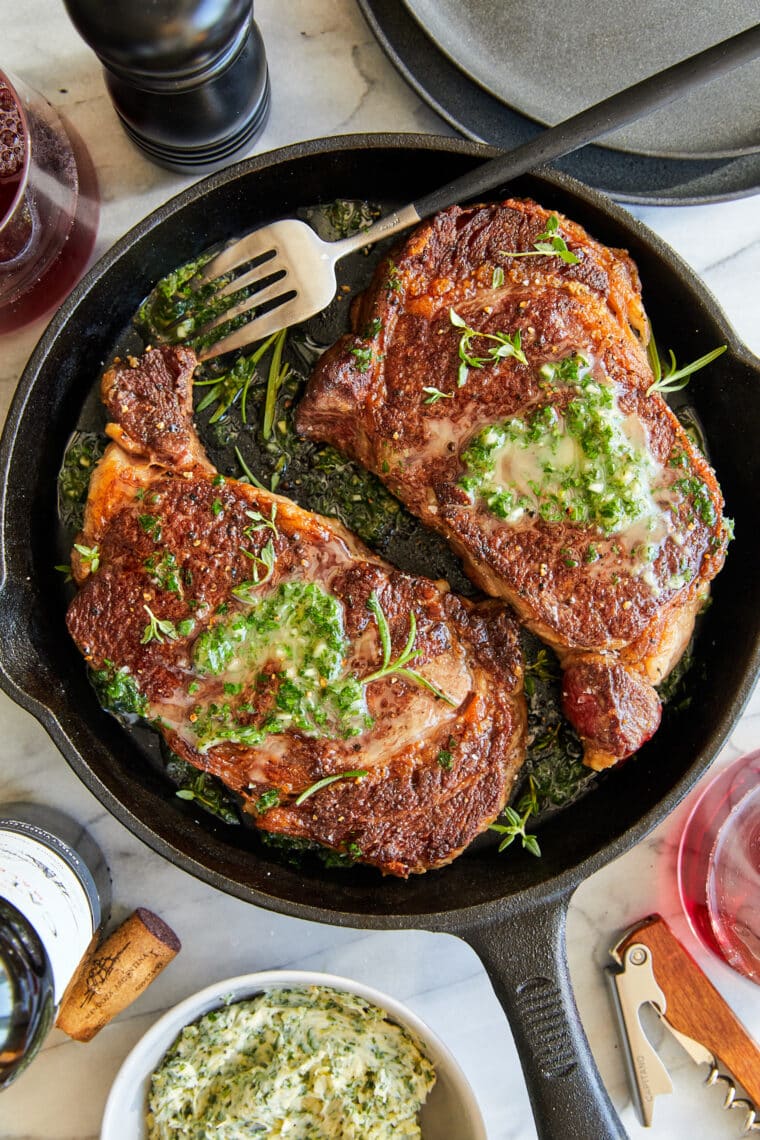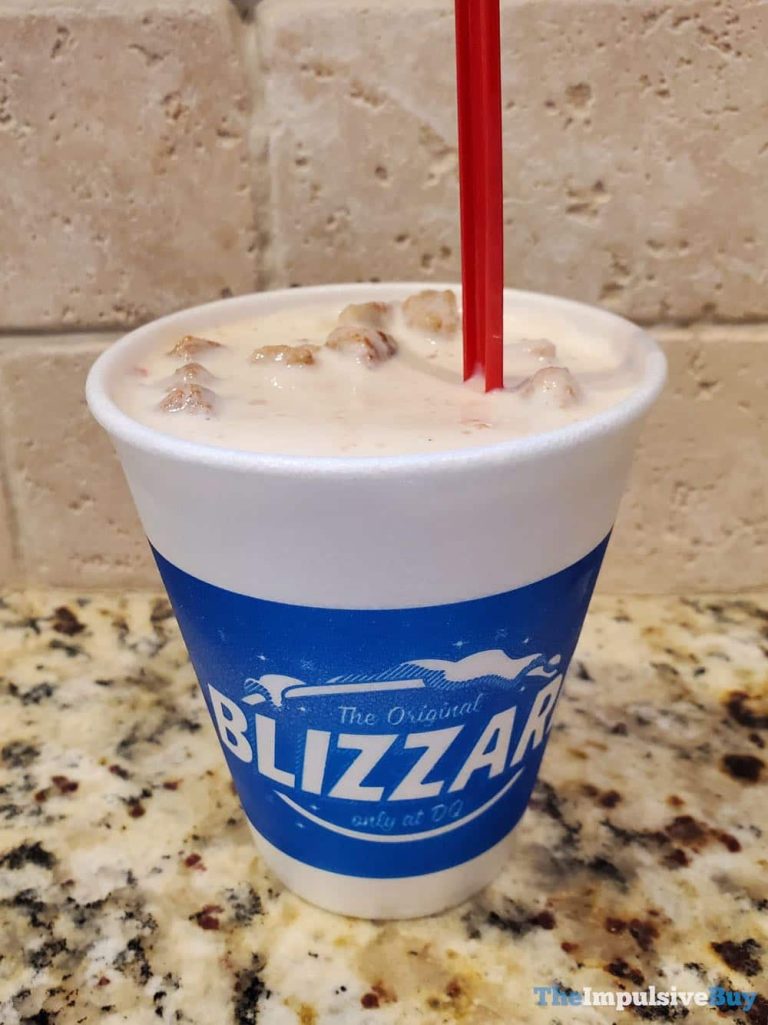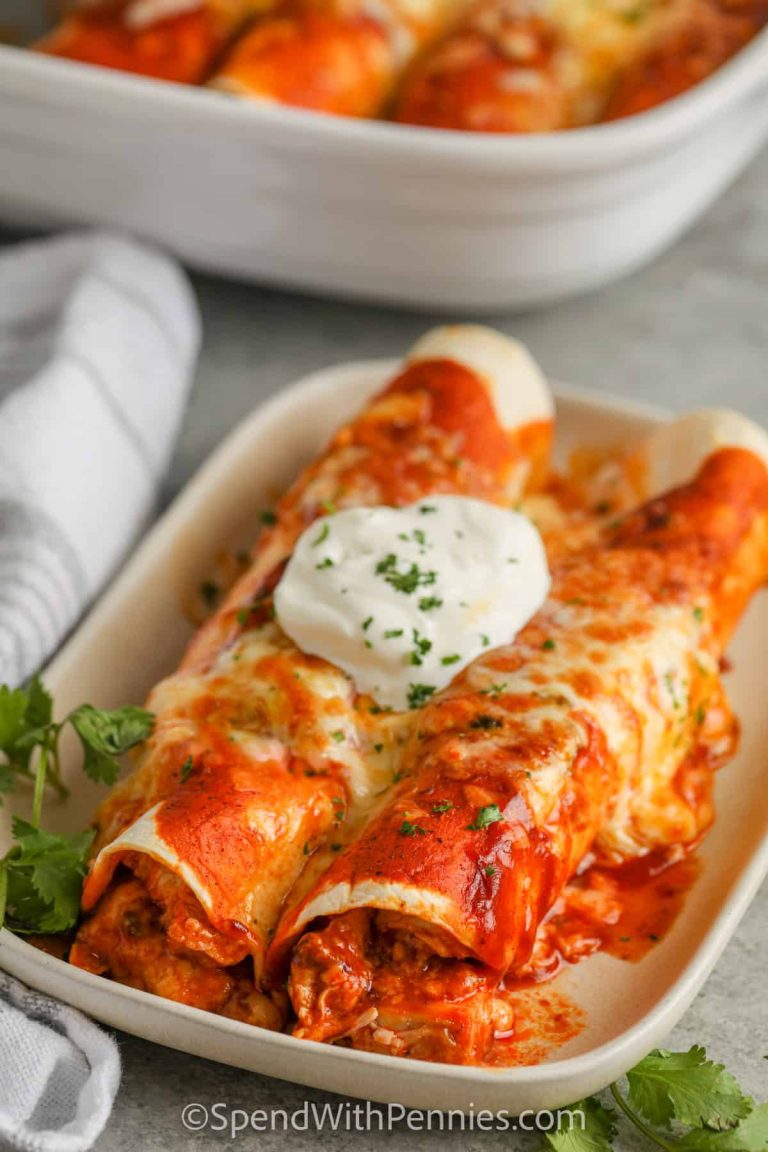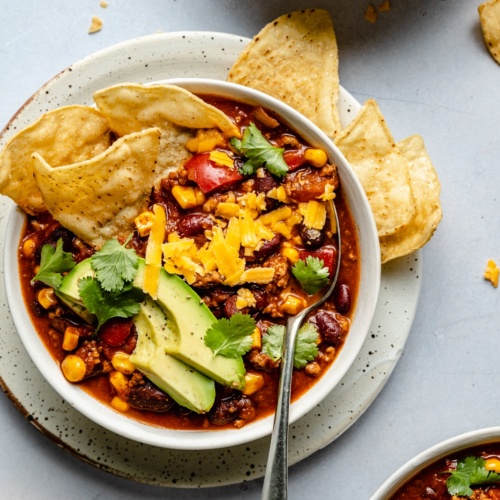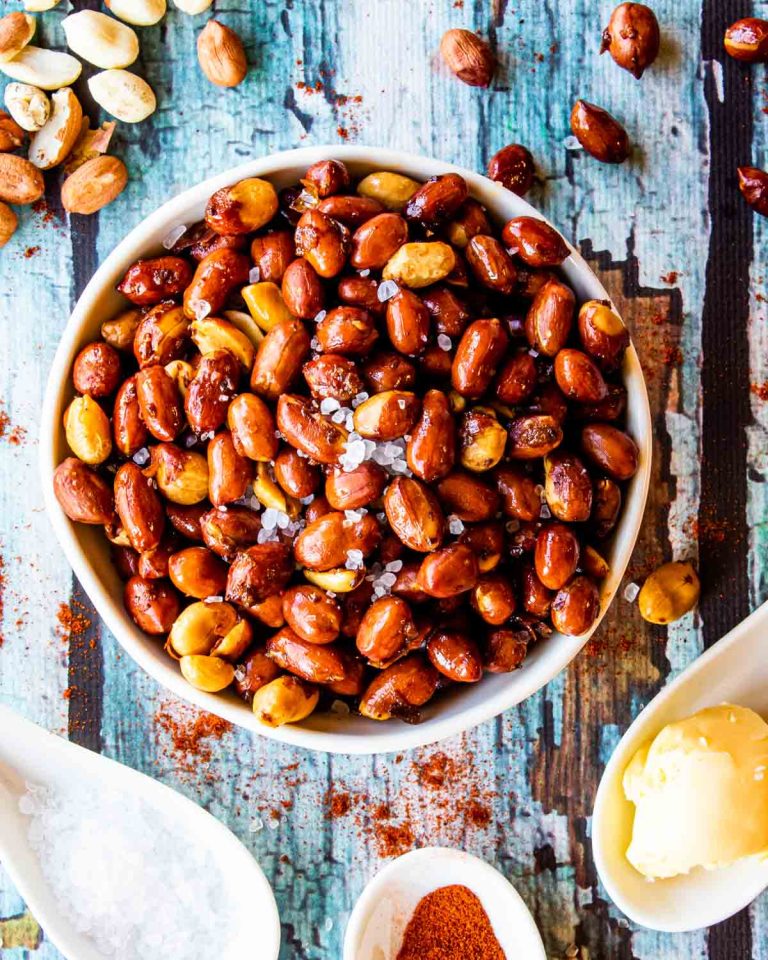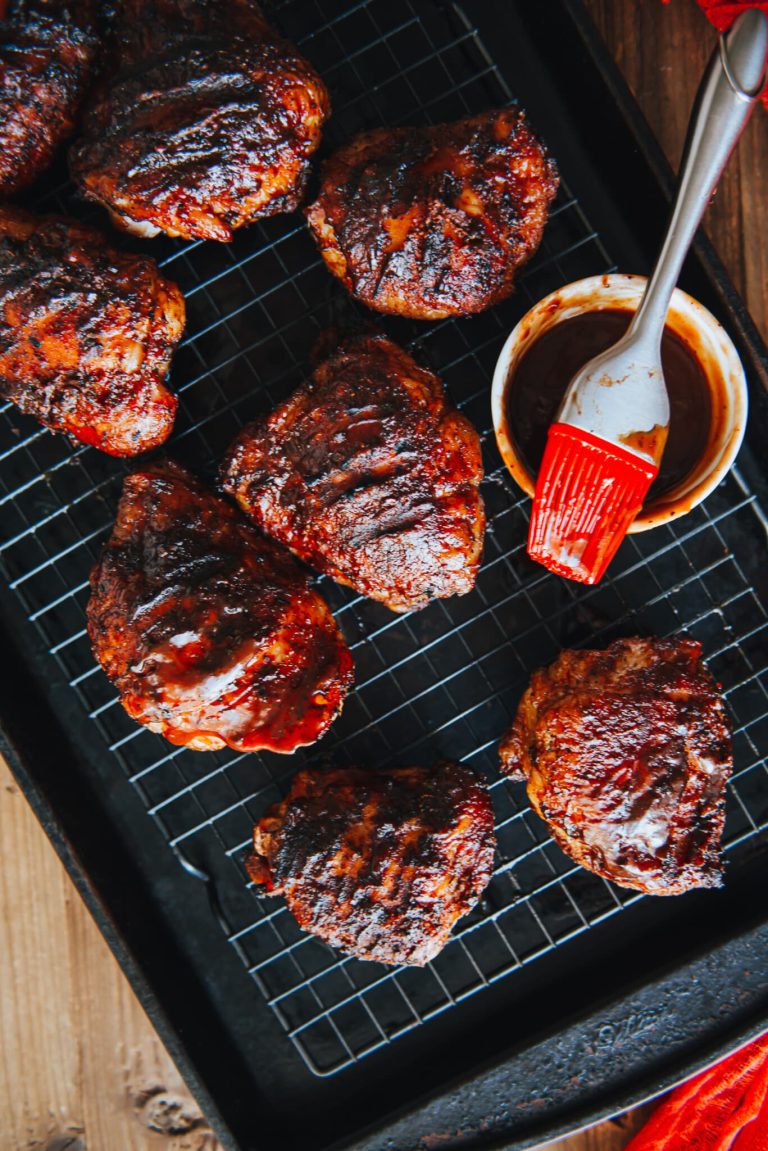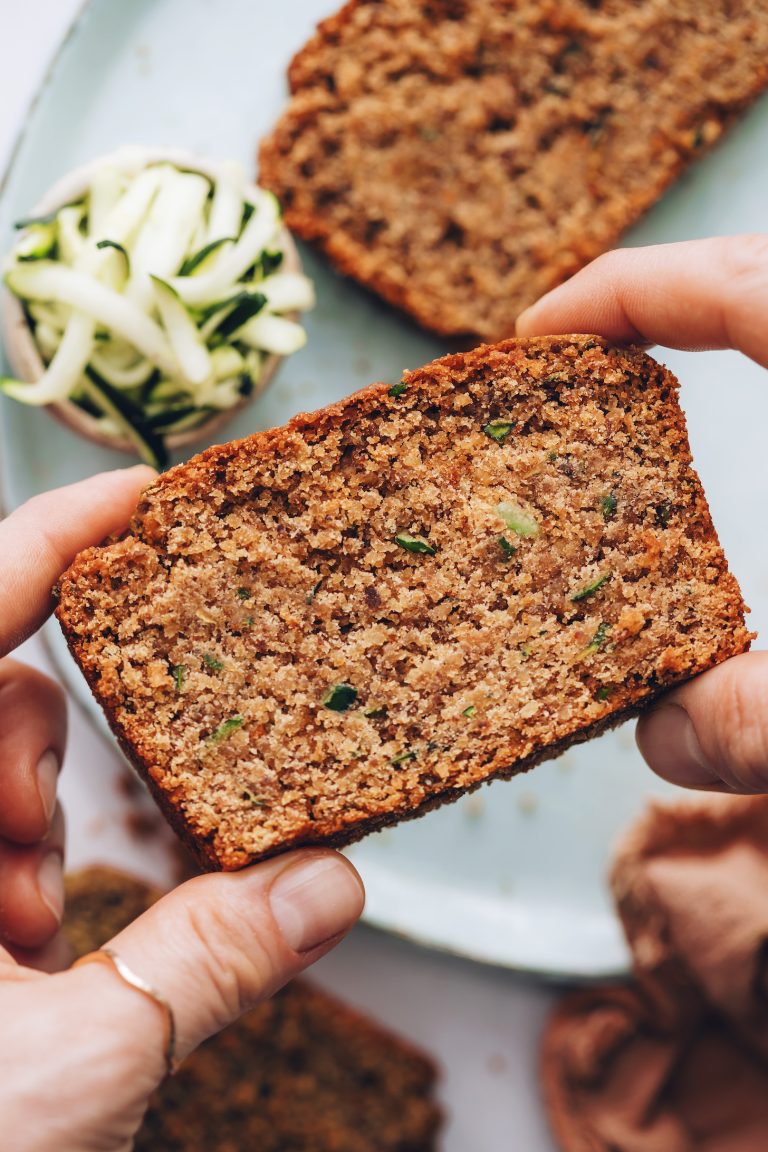Herb Butter Recipe and Serving Tips
Herb butter enriches the flavor profile of your steak by adding layers of complexity. Fresh herbs like rosemary, thyme, and parsley, combined with quality butter, create a blend that complements the meat’s savory taste. For example, adding garlic and chives can introduce a slight pungency, while lemon zest imparts a subtle brightness.
Visual and Aromatic Appeal
Herb butter enhances the visual and aromatic appeal of your steak. When the butter melts, it creates a glistening finish on the steak, making it look more appetizing. Additionally, the aroma of melting butter mixed with herbs creates an inviting sensory experience. This blend of visual and aromatic elements sets an elevated dining atmosphere.
Key Ingredients in Herb Butter
Essential Herbs to Consider
Herbs, when fresh, contribute significantly to the flavor of herb butter. Common selections include rosemary, thyme, parsley, and chives.
- Rosemary: Adds a woody, pine-like flavor that complements steak.
- Thyme: Offers a subtle, earthy taste that pairs well with rich meats.
- Parsley: Provides a fresh, slightly peppery flavor, balancing the richness of the butter.
- Chives: Imparts a mild onion-like taste, adding complexity without overpowering the dish.
Using a mix of these herbs ensures a balanced flavor profile that elevates your steak.
Choosing the Right Butter
The type of butter used affects the overall taste and texture of herb butter.
- Unsalted Butter: Preferred for better control over seasoning. It’s important for balancing the addition of salt in your herb butter.
- High-fat Content Butter: Enhances the creamy texture and provides a richer flavor. Seek out butter with at least 80% fat content.
- Grass-fed Butter: Contains higher levels of omega-3 fatty acids and provides a distinct, creamy taste.
Opting for high-quality, unsalted, grass-fed butter ensures the best results when making herb butter for steak.
Preparation Techniques
Blending Methods
Start by softening your high-quality butter at room temperature. Combine the softened butter with your chosen fresh herbs, such as rosemary, thyme, parsley, and chives, in a mixing bowl. Use a fork or a mixer to blend the ingredients until they form a smooth, homogeneous mixture. Ensure that the herbs are evenly distributed throughout the butter. Consider adding other flavor-enhancing ingredients like minced garlic or a splash of lemon juice for added complexity. Taste the mixture and adjust seasoning with salt and pepper as needed.
Storage Tips
Shape the blended herb butter into a log using plastic wrap or parchment paper. Roll tightly to remove air pockets, then refrigerate the butter for at least 30 minutes until firm. For long-term storage, consider freezing the butter in tightly sealed plastic wrap or freezer-safe bags. Label each package with the date to keep track of freshness, and use within six months for optimal flavor. When ready to use, slice off the needed amount and rewrap the remaining portion to maintain its quality.
Pairing Herb Butter with Different Cuts of Steak
Best Cuts for Herb Butter
Ribeye, filet mignon, and sirloin are prime choices for herb butter. Ribeye, known for its marbling, benefits from the rich, creamy texture of herb butter, enhancing its robust flavor. Filet mignon, tender and lean, pairs well with the buttery, herby infusion, adding depth to its mild taste. Sirloin, a versatile cut, absorbs the herb butter’s flavors, boosting its savory profile.
Tips for Application
Apply herb butter to steak immediately after cooking, letting it melt and spread evenly. For thicker cuts like ribeye, use a generous amount to ensure full coverage. For thinner cuts like sirloin, a moderate amount suffices. Enhance flavor by using a compound butter disc, allowing it to soften at room temperature before placing it on the steak. For unique taste, add a squeeze of lemon juice or a sprinkle of sea salt after butter application.
Serving Suggestions
Accompaniments and Side Dishes
Serve herb butter steak with classic side dishes to create a well-rounded meal. Pair it with garlic mashed potatoes for a creamy contrast, or opt for roasted vegetables like asparagus, Brussels sprouts, and carrots for a balanced, nutritious complement. A side of sautéed mushrooms also enhances the steak’s savory notes.
Consider adding a fresh salad with a light vinaigrette to balance the richness of the herb butter. Grilled corn on the cob can add a smoky sweetness, perfect for summer meals. A rich, cheesy risotto or buttery bread rolls can serve as additional comfort options.
Presentation Ideas
Present your herb butter steak attractively to impress guests. Place a generous pat of herb butter on top of the steak immediately after removing it from the heat. Let it melt naturally, creating a glistening coat. Garnish with a sprig of fresh rosemary or thyme for visual appeal and aromatic enhancement.
Arrange side dishes aesthetically around the steak. For example, place mashed potatoes on one side and roasted vegetables on the other. Use a clean, white plate to make the colors of the food pop. Drizzle a bit of balsamic glaze over vegetables for an elegant touch. Serve with a good steak knife to underline the dish’s premium quality.
Conclusion
Creating herb butter for steak is a simple yet transformative way to elevate your dining experience. By using fresh herbs and high-quality butter, you can craft a flavorful enhancement that pairs beautifully with a variety of side dishes. Whether you’re hosting a dinner party or treating yourself to a gourmet meal at home, herb butter adds that perfect touch of elegance. So next time you’re cooking steak, don’t forget to include this delightful addition. Your taste buds will thank you!
